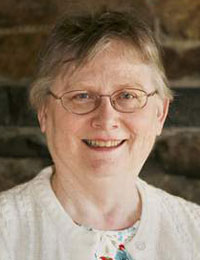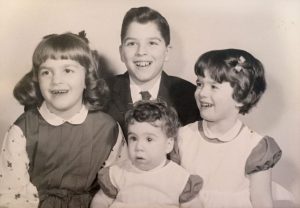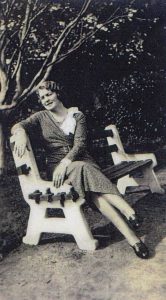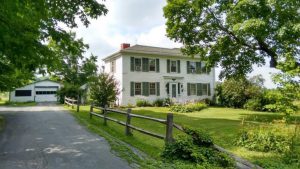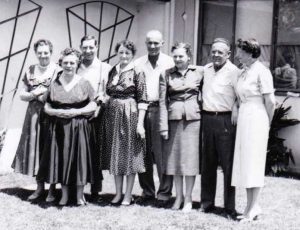
Sometimes in the course of studying family history it helps when the right sort of inspiration knocks at our door. Blog sites like Vita Brevis and different forms of social media allow ways for like minded people of similar genealogical concerns to reach out to one another. And while I would not exactly consider Findagrave.com a “social networking site,” a recent experience reminds me that the inspiration to study family history can come from many different sources.
Seven years ago, I placed virtual flowers on-line for the memorial to my great-uncle Ernest Bedford Payne (1902–1970).[1] I find placing virtual flowers on findagrave memorials does two things: (a) it allows me to pay respect to my loved ones, and (b) allows me a trail of bread crumbs letting me know if I have previously visited a memorial I might not readily remember the next time around. I must confess I hadn’t been back to visit Uncle Ernest’s memorial in quite a while. Continue reading Flower power

